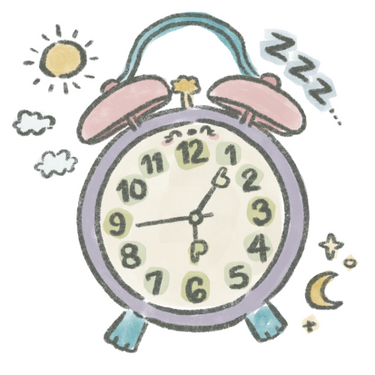Wake windows are one of the most important tools you can use to help your baby get the sleep they need. They’re not just about timing naps; they’re about understanding your baby’s natural rhythms and setting them up for success when it comes to sleep.
Here’s why they matter: When babies stay awake longer than their little bodies can handle, they become overtired. Overtiredness can make it harder for them to fall asleep and stay asleep, leading to restless naps and fussy bedtime. By following wake windows, you can avoid this overtired stage altogether. It’s like catching a train just before it leaves—you’re helping your baby drift off at the perfect time, making the whole process smoother for both of you.
Wake windows also promote better quality sleep. When babies nap during their ideal awake-to-sleep cycle, they’re more likely to settle quickly and sleep deeply. Over time, this consistency helps regulate their internal clock, making bedtime and naps more predictable.
For example, newborns can usually stay awake for only about 45 to 75 minutes before they need rest. As babies grow, their wake windows can stretch to 90 minutes, giving you a bit more time to enjoy their playful, happy moments before it’s time to settle down again.
Paying attention to your baby’s cues; like yawning, fussing, or seeming a bit clingy, can help you recognize when they’re approaching the end of their wake window. Acting on these signs means your baby is more likely to go down for naps without resistance and wake up feeling refreshed.
Wake windows aren’t just a schedule—they’re a way to work with your baby’s natural needs, setting the foundation for healthier sleep habits and a more peaceful day (and night!) for your whole family.
Wake windows are counted from the time the baby wakes up until they’re asleep again, including feeding and winding down for naps or bedtime. As babies grow, their ability to stay awake for longer stretches increases, allowing for longer periods of wakefulness between naps.
Wake windows change as your baby grows. Here’s a quick guide to help you stay on track:














